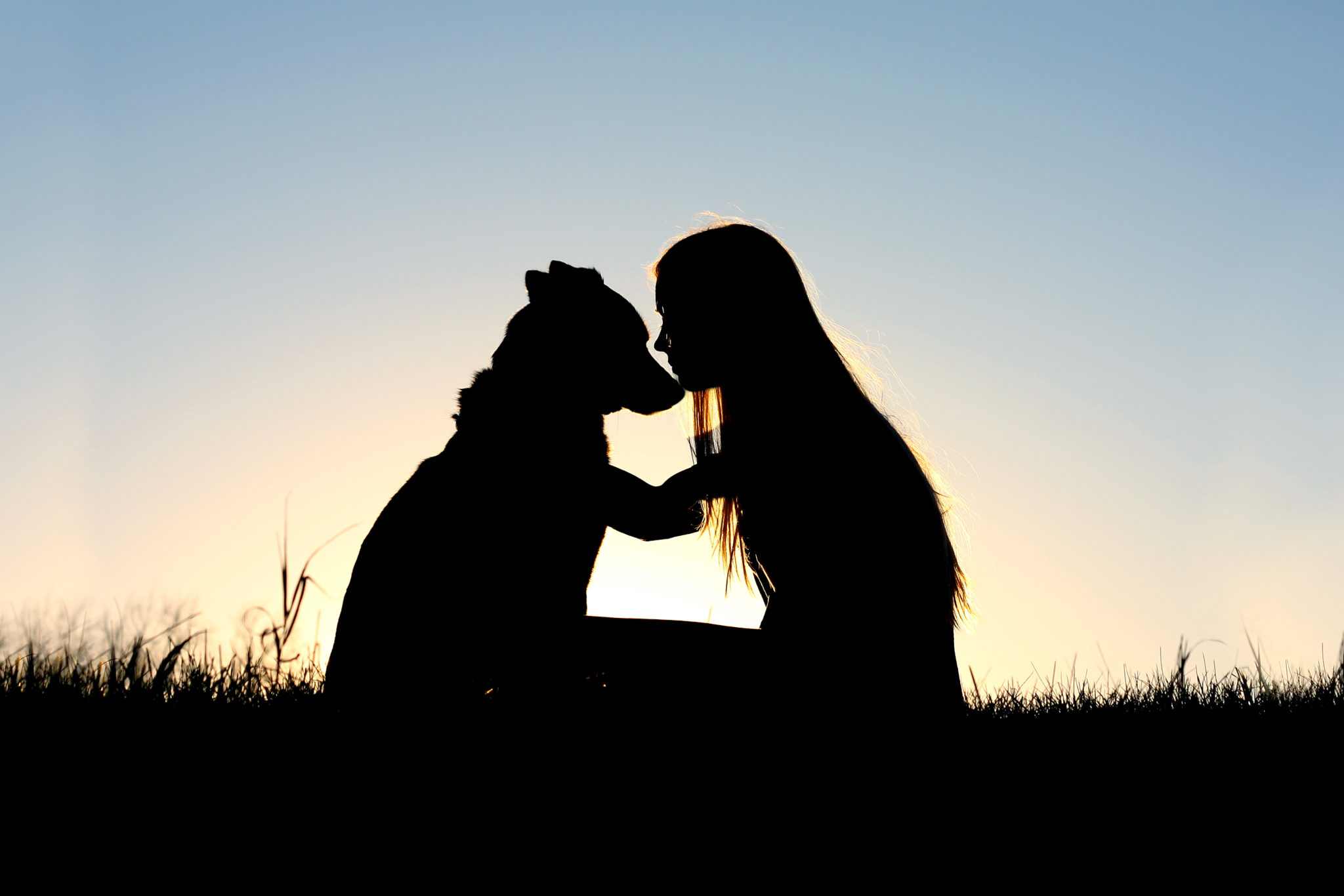By Deb Matlock
As an animal communicator and humane educator, I often find myself in situations where people ask me questions such as “How do I talk to my dog?” or “Is it really possible to communicate with nature?” These questions simultaneously inspire me and break my heart. They inspire me because I dream of a world where we all live in a deeply communicative way with all of life. My heart breaks because what was once as natural as breathing seems to have fallen prey to a mechanistic world view that situates humans at the top of the pyramid of life instead of placing us in an intricate web of life and mystery.

For years, I have worked offering animal communication services as well as mentoring folks as they remember this ability for themselves. In all these cases, my heart swells with humble gratitude for the potential and possibility inherent in the process when we humans make the effort to see other forms of life as spiritual, self-aware beings.
While talking to animals and nature is in some ways a very ancient and well-honored custom, it is also considered on the fringe of modern, western thought and process. The very idea can be met with awe and wonder or disdain and skepticism all at once. I have often wondered why the idea of communicating with other animals can seem so strange to some and yet, so natural to others. Perhaps this tension arises from that fact that we depend on animals to sustain us via their flesh, skin, milk, and bones and to be our companions, sources of inspiration and connection to a wildness with which we may have lost touch. This is a challenging dichotomy. What does it mean to communicate with animals and nature? What does this look like? How do people do it? There are as many answers to this question as there are individuals, human and non-human alike, living on this planet.
Ways of communicating with animals and nature
Some people converse with non-humans via physical gestures and body signals, others use telepathic imagery, while others might use shamanic journeys and the like. Some people feel that they can understand the voices of domesticated animals, but perhaps not those out in the wild. Some of us work with animals day in and day out in such proximity that there is barely space to consider that we might not be communicating with them. Some feel that by simply being fellow living beings on this earth, we inherently understand the experience and plight of others. This list could go on and on…

I feel that perhaps the more important question to ask than “Can I really talk to my dog?” is “What do I sense if I open myself to listening?” Perhaps simply starting here is powerful enough to change the way we live with the non-human world.
Deb Matlock grew up in the mountains of Colorado and is deeply committed to nurturing the connection between people, animals, earth, and spirit. She has spent twenty-five years working as a professional environmental and humane educator and naturalist. Additionally, Deb offers shamanic-style spiritual guidance, animal communication, nature connection workshops, and retreats through her business, Wild Rhythms. She is passionate about helping people find connection and deep spiritual meaning in their lives and in the places where they live. Deb holds a Master of Arts in Environmental Education from Prescott College and is pursuing her doctoral degree in environmental studies at Antioch University New England.
You are invited to join the Wild Rhythms email list to be notified of future blog posts!
Interested in exploring sacred connection to earth, animals, and spirit? Join the Wild Rhythms Facebook group at https://www.facebook.com/groups/SacredConnection/
For more information about the work of Deb Matlock and Wild Rhythms, please visit https://wild-rhythms.com/
